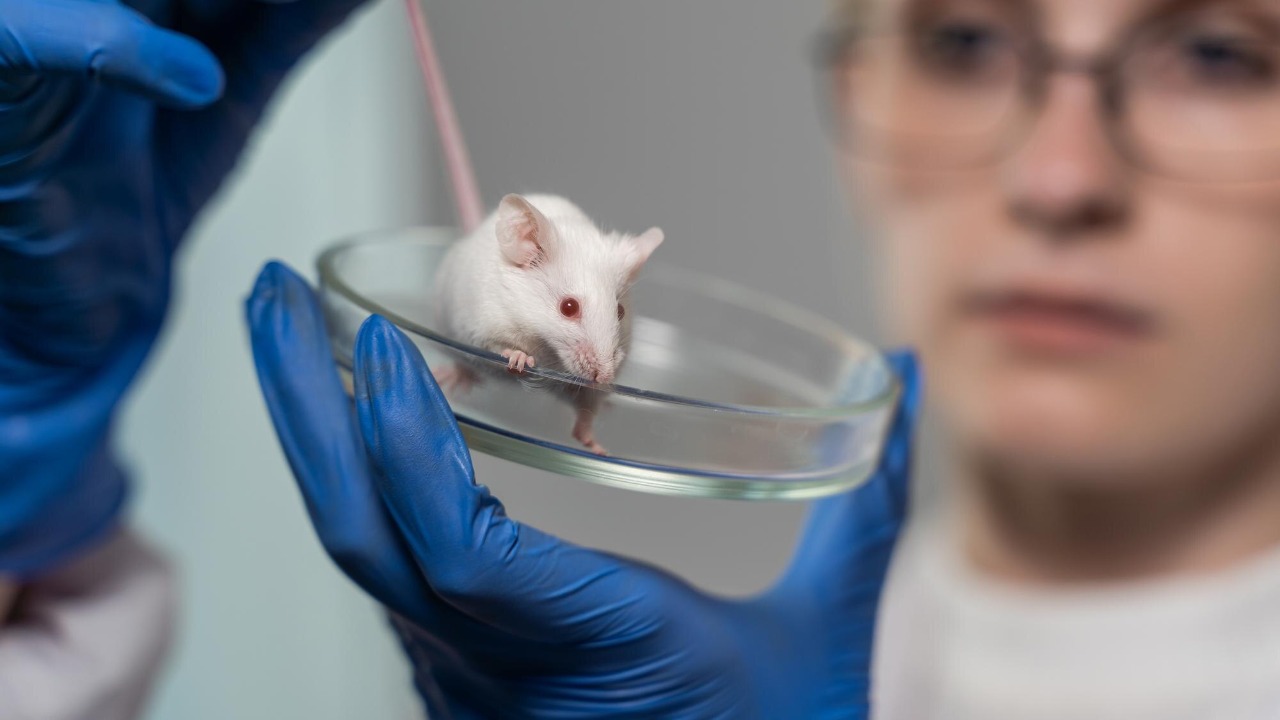
In a groundbreaking study, scientists have successfully demonstrated real-time aging reversal in mice, offering promising insights for the future of human anti-aging treatments. Through the use of chemical means and gene therapy, researchers have been able to restore cellular function and rejuvenate the biological age of these animals, sparking hope and debate within the scientific community.
The Science Behind Aging Reversal
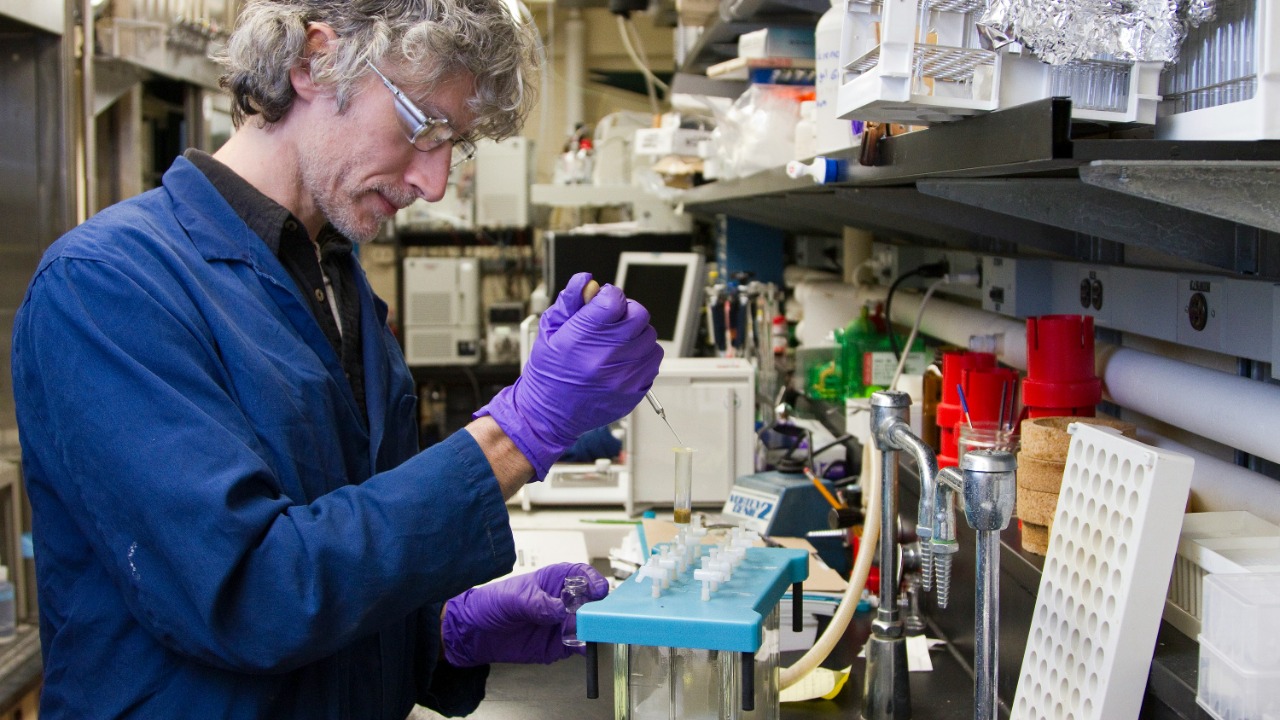
Cellular Senescence and Regeneration
Cellular senescence refers to the state where cells cease to divide and function effectively, a key factor contributing to the aging process. Over time, the accumulation of senescent cells can lead to various age-related conditions, including tissue dysfunction and reduced regenerative capacity. Recent advancements have shown promise in reversing cellular senescence. For instance, scientists have identified chemical compounds that can selectively target and eliminate these senescent cells, effectively rejuvenating tissues and organs.
By removing or repairing these dysfunctional cells, researchers can potentially enhance cellular regeneration, thus mitigating the effects of aging. The use of compounds such as senolytics has been pivotal in these efforts, showing significant improvements in the health span of animal models. This breakthrough offers a glimpse into the potential for similar applications in humans, albeit with caution due to the complexity of human biology compared to mice.
Genetic Interventions
Gene therapy has emerged as another promising avenue for altering the biological age of organisms. In the study, researchers employed cutting-edge gene-editing techniques to modify the expression of specific genes associated with aging. These interventions have shown a remarkable ability to extend the lifespan of mice while also improving their overall health. The application of such genetic interventions could potentially be adapted for human use, offering new possibilities in the fight against aging.
However, the transition from animal models to human applications poses significant challenges. The ethical considerations, potential side effects, and the need for extensive testing underscore the complexity of this endeavor. Yet, with ongoing research and technological advancements, the prospect of genetic interventions in human aging reversal remains a tantalizing possibility that continues to spur scientific and public interest.
Methodology of the Study
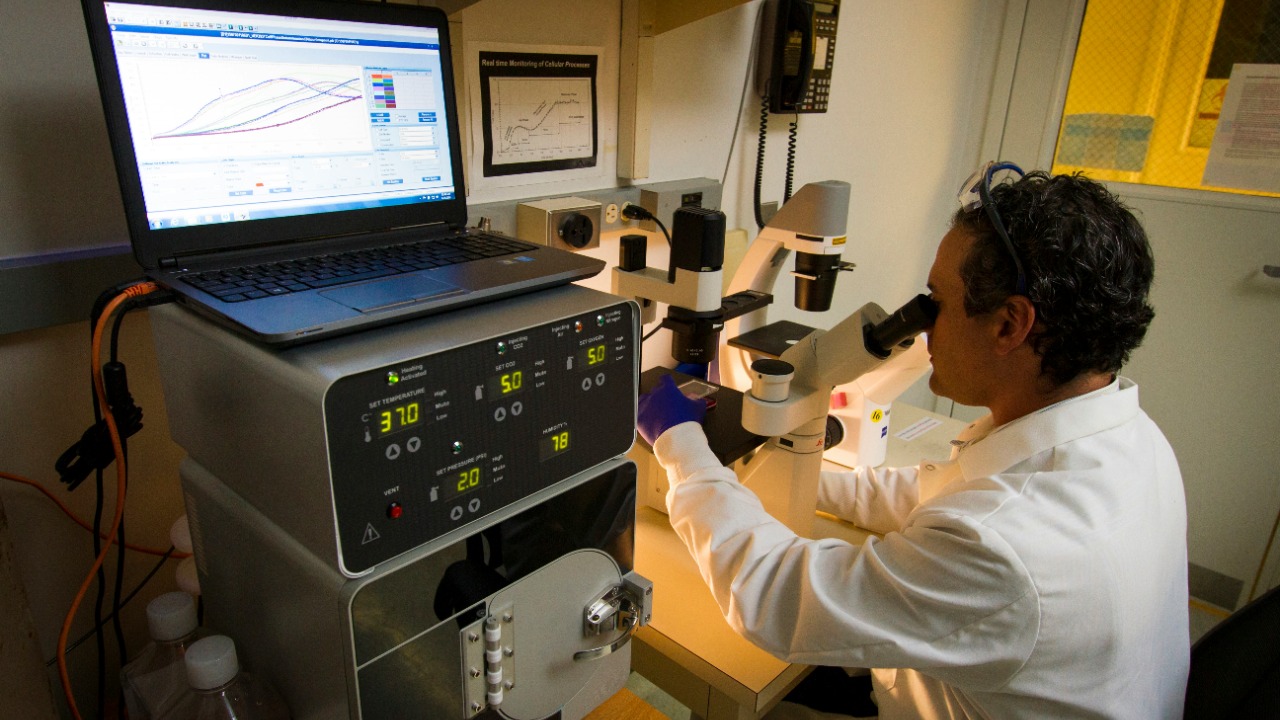
Experimental Design
The study employed a meticulously designed experimental setup to test the effects of aging reversal in mice. Researchers selected genetically diverse groups of mice to ensure the results could be generalized across different genetic backgrounds. The mice were divided into control and treatment groups, with the latter receiving a combination of chemical and genetic therapies. The chemical treatments involved administering compounds known for their senolytic properties, while the genetic interventions focused on altering specific genes linked to aging.
These treatments were carefully monitored and adjusted to optimize their efficacy. The choice of mice, the timing, and dosage of treatments were all critical factors in the success of the experiment. The study’s rigorous design and execution have provided valuable insights into the potential mechanisms of aging reversal, laying the groundwork for future research in this exciting field.
Measuring Aging Reversal
To assess the effects of the treatments, researchers employed a variety of indicators to measure biological aging in mice. These included markers of cellular senescence, metabolic function, and overall health span. The results were compelling, showing significant improvements in the treated mice compared to their untreated counterparts. Notably, the mice exhibited enhanced physical capabilities, improved biomarkers of health, and extended lifespans, as detailed in a recent publication.
This study represents a pivotal step forward in understanding how aging can be reversed at the cellular and genetic levels. The findings highlight the potential of combining chemical and genetic therapies to achieve significant biological rejuvenation, offering a beacon of hope for developing similar treatments for humans in the future.
Implications for Human Aging
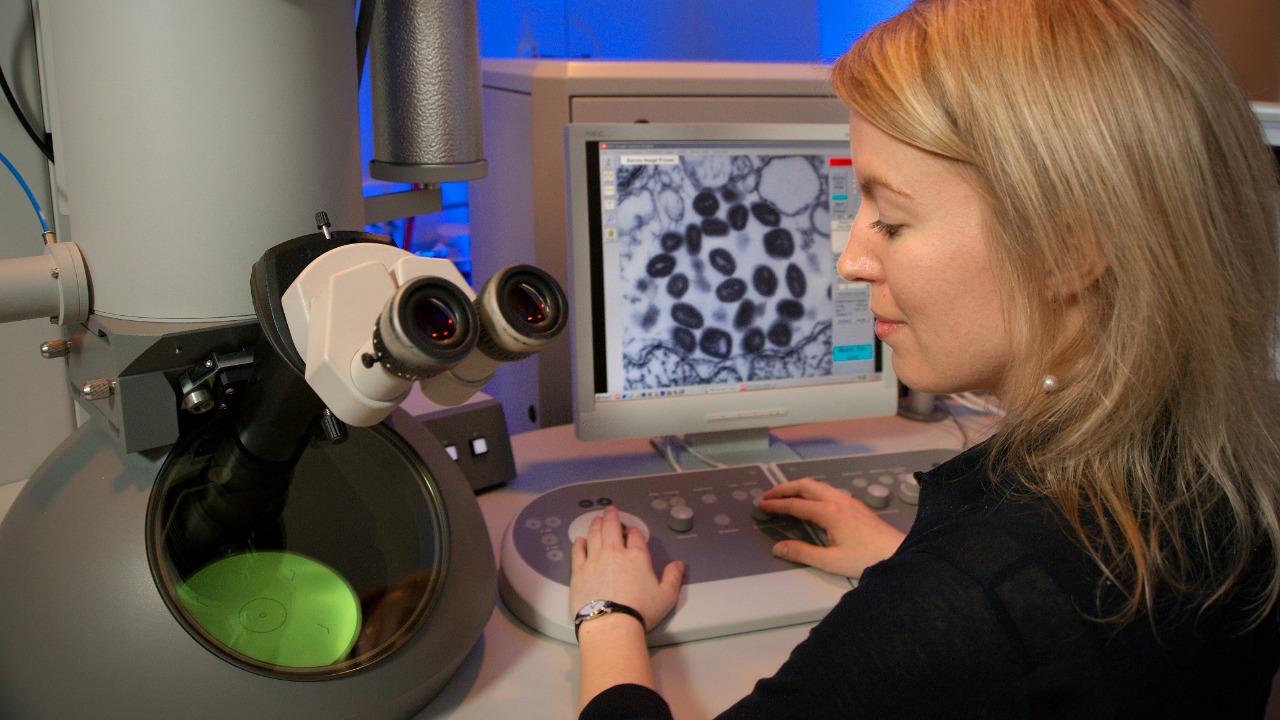
Potential for Human Application
The prospect of translating these findings into human aging reversal therapies is both exciting and fraught with challenges. While the success in mice provides a proof of concept, human biology is inherently more complex. The ethical considerations, potential risks, and long-term effects of such treatments must be thoroughly evaluated before they can be considered for clinical application. Nevertheless, the study opens the door to exploring how these techniques could be adapted for human use.
Key questions remain about the feasibility of these approaches in humans, such as the optimal delivery methods for gene therapies and the long-term effects of senolytic compounds. Further research is needed to refine these techniques and address the myriad challenges associated with human applications. However, the potential benefits, including extended health spans and improved quality of life, make this a compelling area of study with profound implications for human health and longevity.
Future Research Directions
Future research must focus on understanding the mechanisms underlying aging reversal and refining the treatments for human use. This includes identifying the most effective combinations of chemical and genetic therapies, optimizing delivery methods, and ensuring the safety and efficacy of these interventions. Additionally, researchers must address the ethical and societal implications of aging reversal, exploring how these advancements might impact healthcare systems, resource allocation, and societal norms.
The challenges of scaling these findings for human application are significant, but the potential rewards are substantial. By continuing to explore the frontiers of aging research, scientists can unlock new pathways for enhancing human health and longevity, paving the way for a future where aging is not an inevitable decline but a process that can be managed and potentially reversed.
Ethical and Societal Considerations
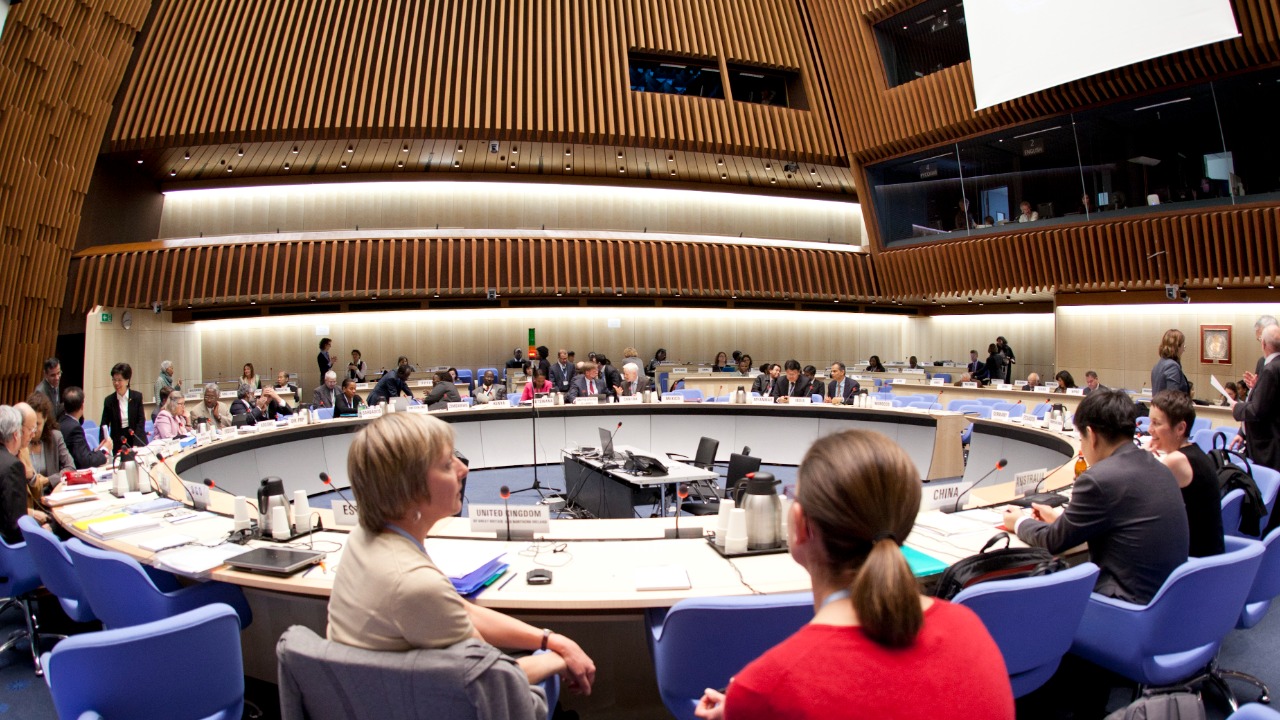
Ethical Dilemmas
The pursuit of aging reversal in humans raises profound ethical questions. What are the implications of significantly extending human lifespan? How would such advancements impact societal structures, resource distribution, and the environment? These considerations are critical as researchers and policymakers grapple with the potential consequences of altering the human aging process. The ethical dilemmas surrounding these advancements must be carefully weighed against the potential benefits and risks.
There is also the question of accessibility and equity. How will these treatments be distributed, and who will have access to them? Ensuring that the benefits of aging reversal are available to all, rather than a privileged few, is a pressing concern that must be addressed as the field advances. The ethical landscape of aging research is complex, requiring careful navigation to ensure that progress is made responsibly and equitably.
Public Perception and Policy
Public opinion on anti-aging technologies is varied, with some viewing these advancements as exciting opportunities to improve quality of life, while others express concerns about their implications. Policymakers will need to consider these perspectives as they develop regulations to govern the use of aging reversal treatments. The evolving landscape of policy and regulation will play a crucial role in shaping the future of this field.
Engaging the public in discussions about the potential benefits and risks of aging reversal is essential for fostering informed decision-making and transparent policymaking. As research progresses, it will be vital to ensure that societal implications are thoroughly considered and addressed, paving the way for responsible and ethical advancements in the quest to reverse aging.